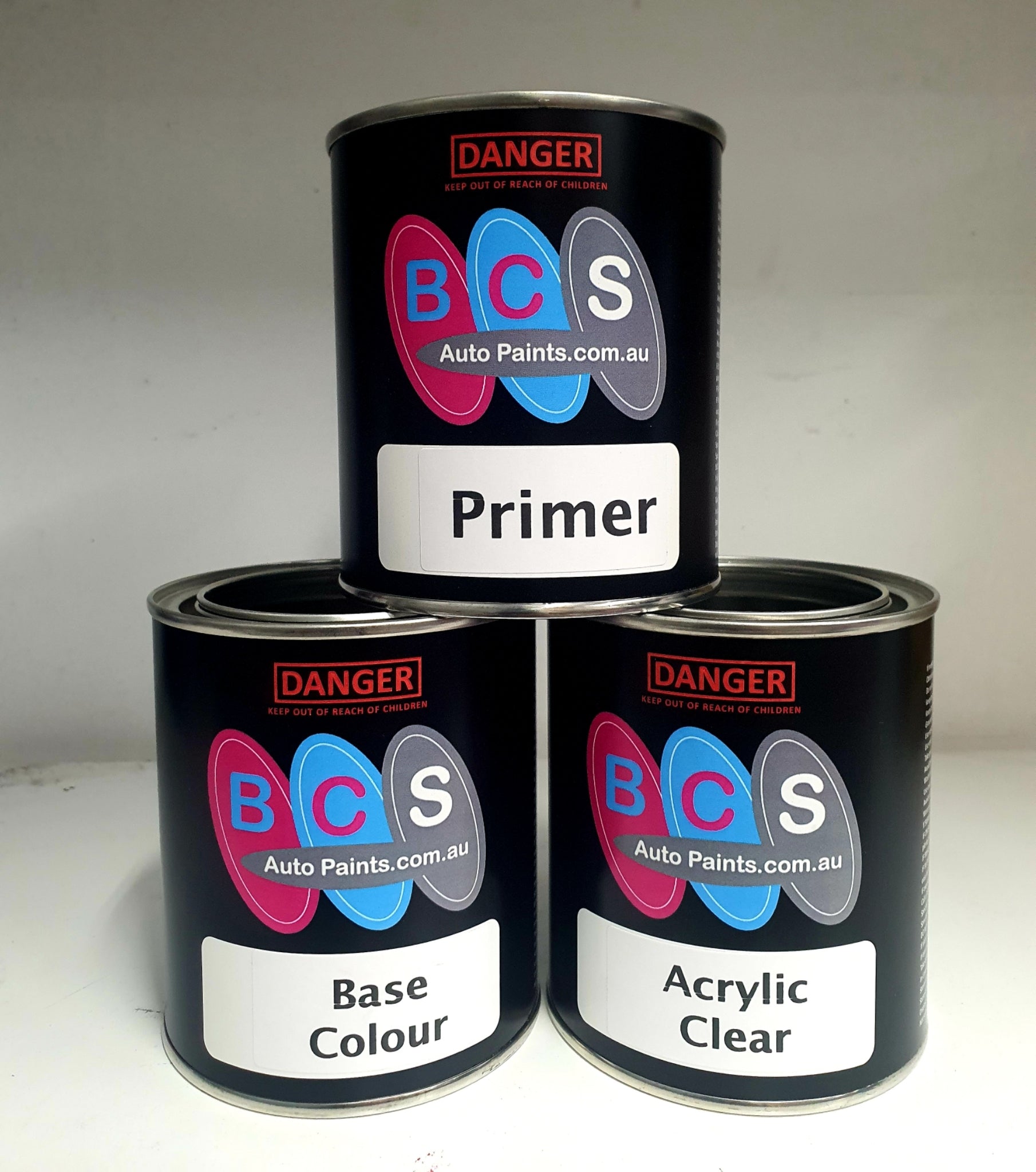The Ultimate Guide to Car Paint: Types, Benefits, and Maintenance Tips
Car paint is more than just an aesthetic feature; it serves as a critical protective layer for your vehicle. Understanding the various types of car paint, their benefits, and how to maintain them can help you keep your car looking brand new and well-protected from the elements. This guide will delve into the essentials of car paint, offering valuable insights for car enthusiasts and everyday drivers alike.
Types of Car Paint
Solid Paint Solid paint is the most common type of car paint, often found in white, black, and red. It consists of a single layer of color topped with a clear coat. While solid paint is usually the most affordable option, it lacks the depth and shine of more complex paint types.
Metallic Paint Metallic paint contains tiny metal flakes that reflect light, giving the car a sparkling, glossy finish. This type of paint is popular for its eye-catching appearance and its ability to mask minor scratches and dents. However, metallic paint tends to be more expensive and harder to match for touch-ups.
Pearlescent Paint Pearlescent paint, also known as pearlescent or mica, includes ceramic crystals that create a shimmering effect, changing color depending on the viewing angle and light conditions. This type of paint offers a luxurious look but comes with a higher price tag and more complex maintenance.
Matte Paint Matte paint provides a non-glossy, flat finish that gives a unique and modern look to any vehicle. While matte paint is becoming increasingly popular, it requires special care to avoid damage, as it is more susceptible to scratches and stains.
Benefits of Quality Car Paint
Protection Against Elements Quality car paint acts as a barrier against environmental factors such as UV rays, rain, and pollution. It helps prevent rust, corrosion, and damage from road debris, extending the lifespan of your vehicle’s exterior.
Enhanced Aesthetic Appeal A well-maintained paint job can significantly enhance your car’s visual appeal. The right paint type and color can make your vehicle stand out and reflect your personal style.
Increased Resale Value A car with a pristine paint job is likely to fetch a higher resale value. Buyers are more attracted to vehicles that look well-maintained and free of cosmetic damage, making a good paint job a worthwhile investment.
Maintenance Tips for Car Paint
Regular Washing Frequent washing helps remove dirt, grime, and contaminants that can damage the paint over time. Use a pH-balanced car shampoo and soft microfiber cloths to avoid scratches.
Waxing Applying a high-quality car wax every few months can add an extra layer of protection and enhance the shine of your paint. Waxing helps to seal the auto paints, making it more resistant to environmental damage.
Avoiding Harsh Chemicals When cleaning your car, avoid using harsh chemicals or abrasive materials that can strip the paint or cause scratches. Stick to products specifically designed for automotive use.
Parking Smartly Whenever possible, park your car in a garage or shaded area to protect it from direct sunlight and extreme weather conditions. UV rays can fade the paint, and bird droppings or tree sap can cause damage if not removed promptly.
Prompt Repairs Address paint chips, scratches, and dents as soon as they occur to prevent further damage. Ignoring these issues can lead to rust and more extensive repairs down the line.

Comments
Post a Comment